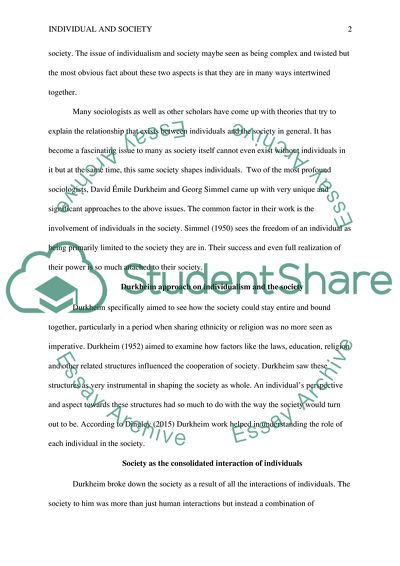Cite this document
(“Individual and society Essay Example | Topics and Well Written Essays - 1500 words - 1”, n.d.)
Individual and society Essay Example | Topics and Well Written Essays - 1500 words - 1. Retrieved from https://studentshare.org/sociology/1695872-individual-and-society
Individual and society Essay Example | Topics and Well Written Essays - 1500 words - 1. Retrieved from https://studentshare.org/sociology/1695872-individual-and-society
(Individual and Society Essay Example | Topics and Well Written Essays - 1500 Words - 1)
Individual and Society Essay Example | Topics and Well Written Essays - 1500 Words - 1. https://studentshare.org/sociology/1695872-individual-and-society.
Individual and Society Essay Example | Topics and Well Written Essays - 1500 Words - 1. https://studentshare.org/sociology/1695872-individual-and-society.
“Individual and Society Essay Example | Topics and Well Written Essays - 1500 Words - 1”, n.d. https://studentshare.org/sociology/1695872-individual-and-society.


